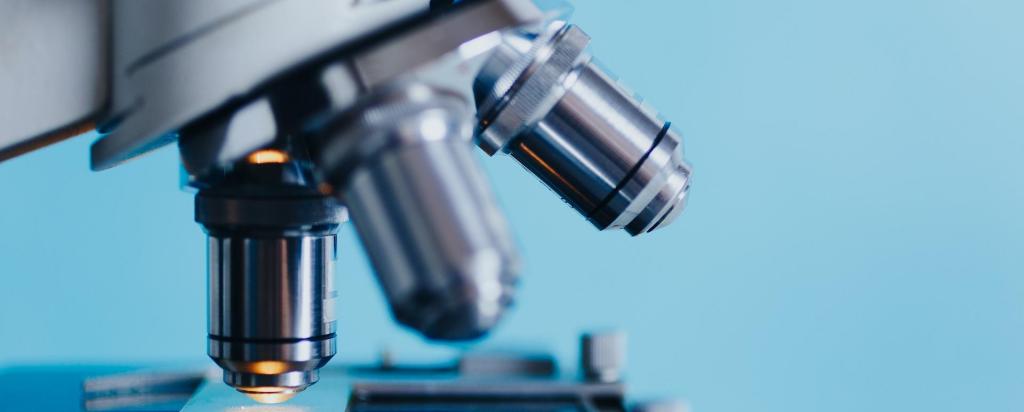Nanoprobe beamline (NANO) UNDER CONSTRUCTION
The X-ray Fluorescence Nanoprobe beamline undertakes high-resolution X-ray microspectroscopy, elemental mapping and coherent diffraction imaging – providing a unique facility capable of spectroscopic and full-field imaging. Elemental mapping and XANES studies will be possible at sub-100 nm resolution, with structural features able to be studied down to 15 nm using scanning X-ray diffraction microscopy.








